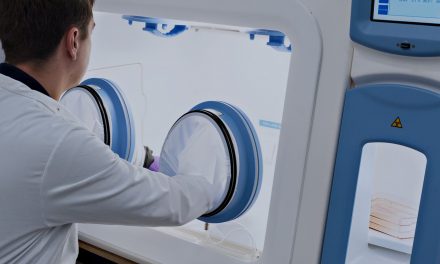
Information About A Vacuum Assisted Delivery

Forceps is a type of delivery which most of us would have been aware of. But vacuum delivery baby which also goes by the name of ventouse is popular as well.
Why assistance is sought out?
With an assisted delivery the doctor would need to rely on some form of equipment or assistance to take the baby out of the birth canal. This is needed in the second stage of your pregnancy whereby the labor is not heading anywhere. The head of the baby would have descended, contractions are in an advanced stage and in the meantime cervix has dilated. Vacuum extractor delivery would also be necessary if the heartbeat of the baby indicates some problem and the delivery need to happen at the very moment.
The doctor may rely on a vacuum delivery rather than a forceps and this could be due to personal preferences. But you need to consider the fact that both these types of assisted birth are not that common in recent times. In the US, forceps account for 1 % of birth whereas vacuum assisted delivery stands at 3%. In fact the ratio of both the methods has been dropping. One of the main reasons could be the emergence of C section on a large level. Once upon a time forceps was the only viable method of delivery when the process of labor had come to a standstill. Till surgical procedures become full proof, C section was considered to be a deadly form of delivery and was only adopted to rescue a baby. It would mean that the mother had passed off during the process of delivery.
The process
If the doctor is of the opinion that you would need to be part of this delivery then they will discuss the situation with you. If there is no epidural then you might be provided with some form of anaesthesia. In some cases you may also need to get an episiotomy performed.
During this process the doctor will reach out to the birth canal and a small suction sized cup will be placed on top of the head of the baby. It is connected to a small hand pump whereby a vacuum is produced which is being attached to the scalp. This would mean that the health care provider could provide a certain form of traction on the baby once it is being pushed. Once the head of the baby is released the suction is then removed. If this form of surgery does not work then you would need to be prepared for a C section.
The risks
Any serious forms of risk with this form of surgery are on the rarer side. They could be a small swelling on the area where the suction cap was being attached. The swelling is going to reduce in a day or two and serious mishaps are virtually ruled out. One of the possible risks that could emerge is tearing of your vagina.










